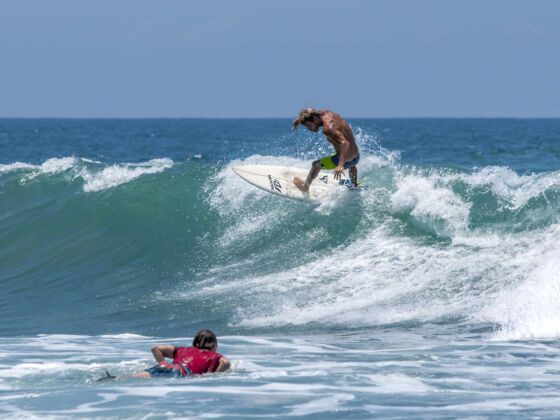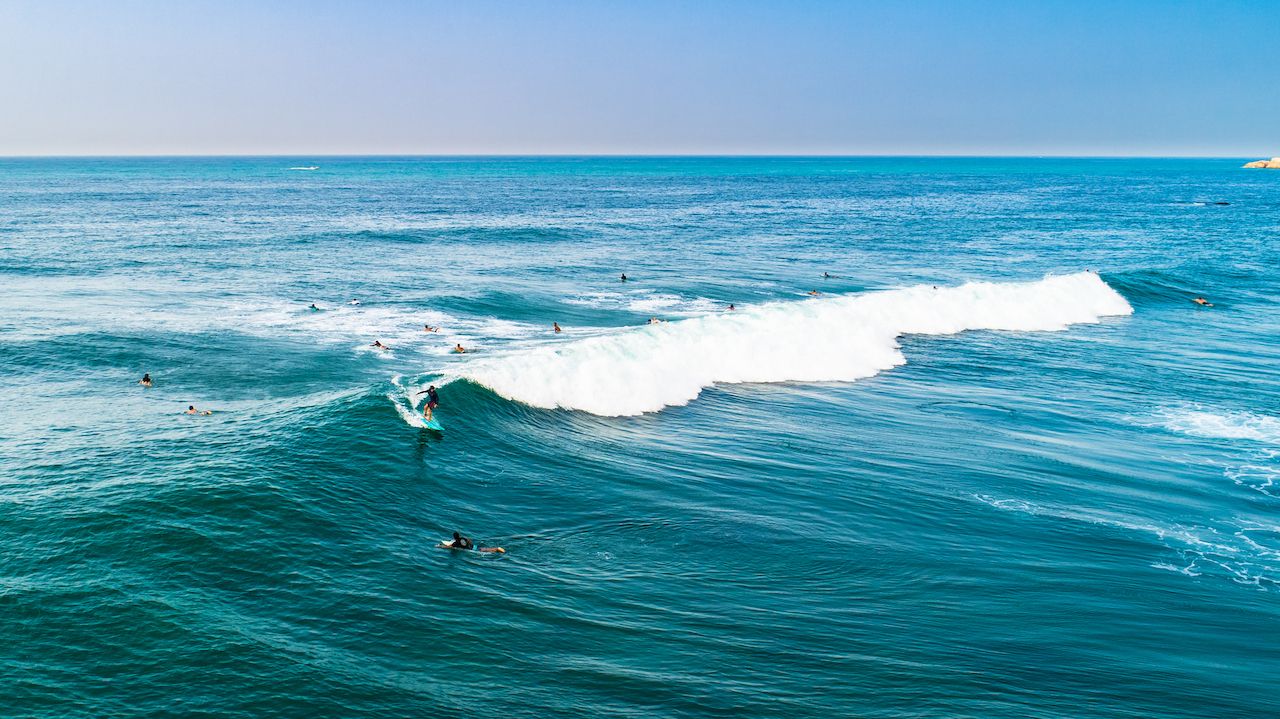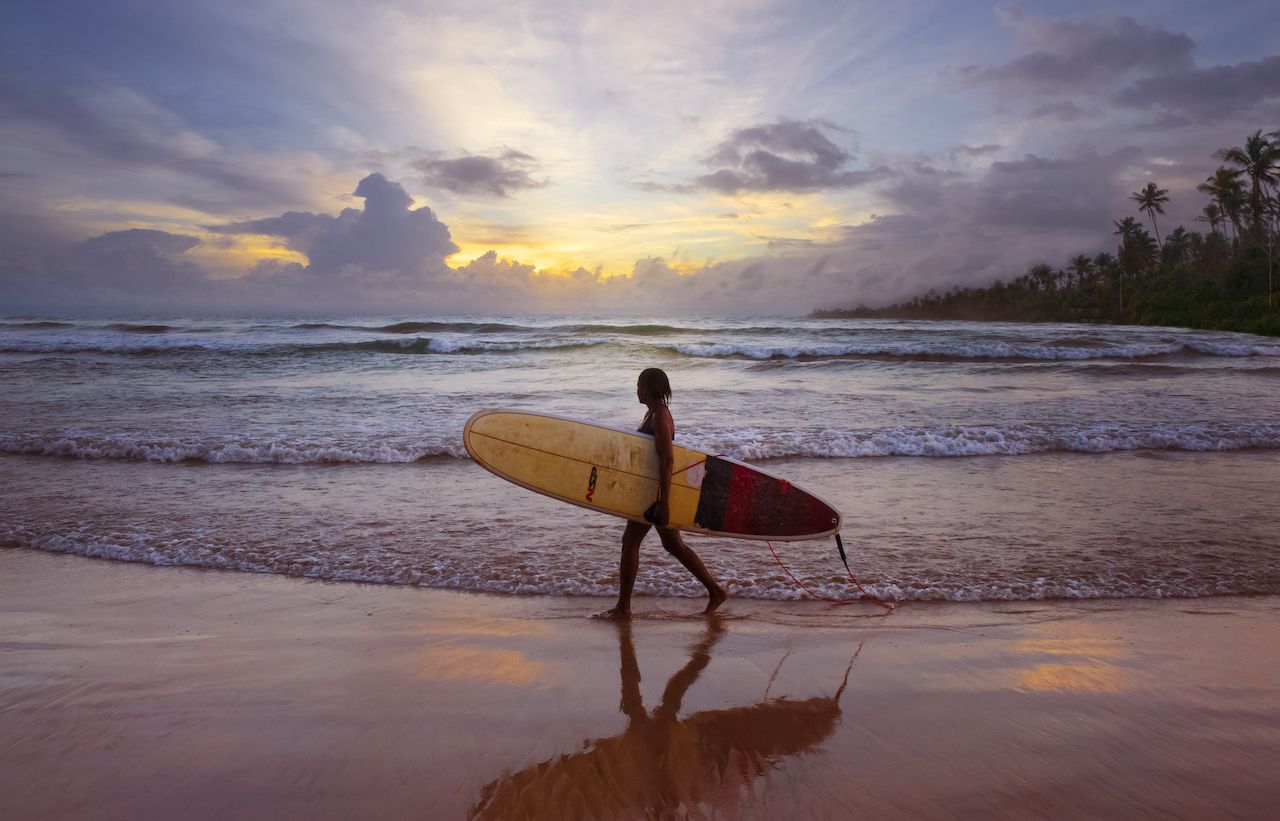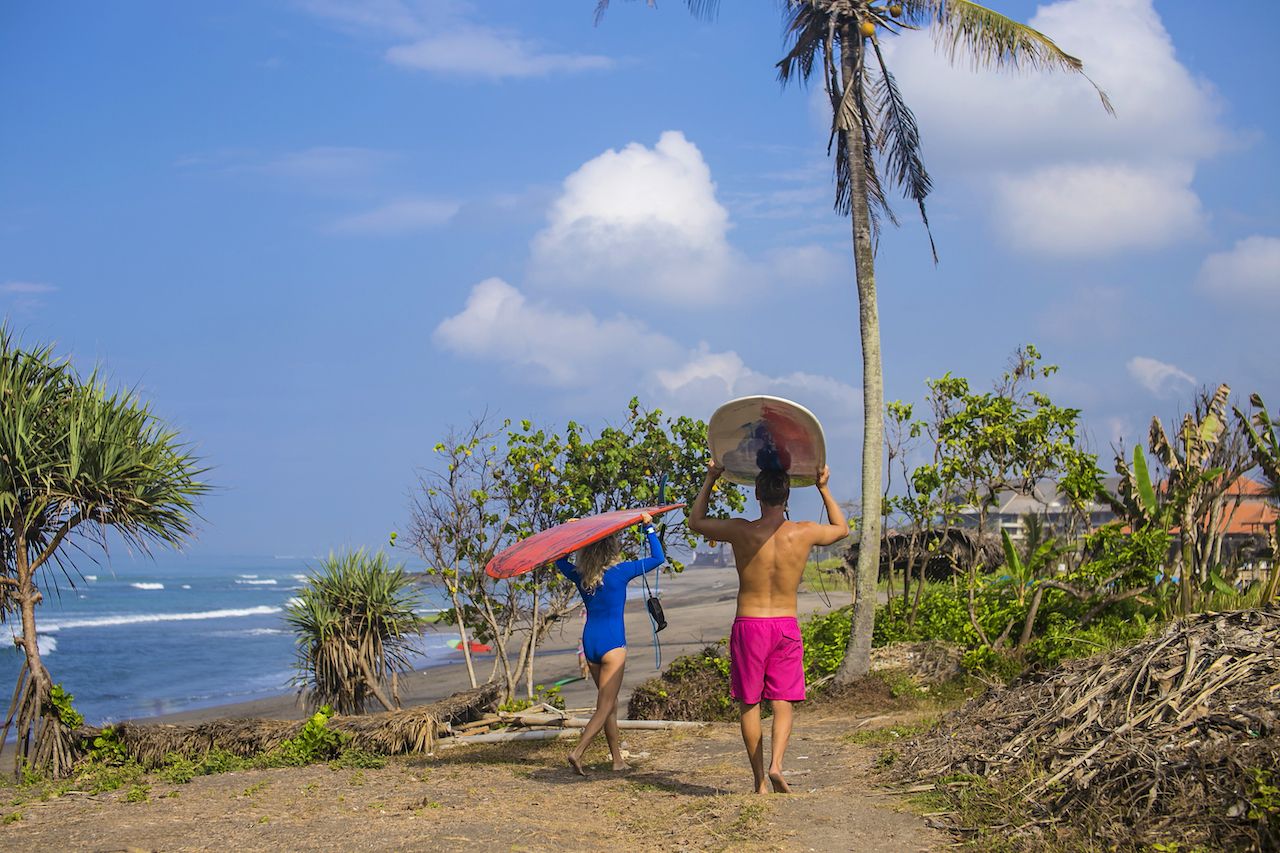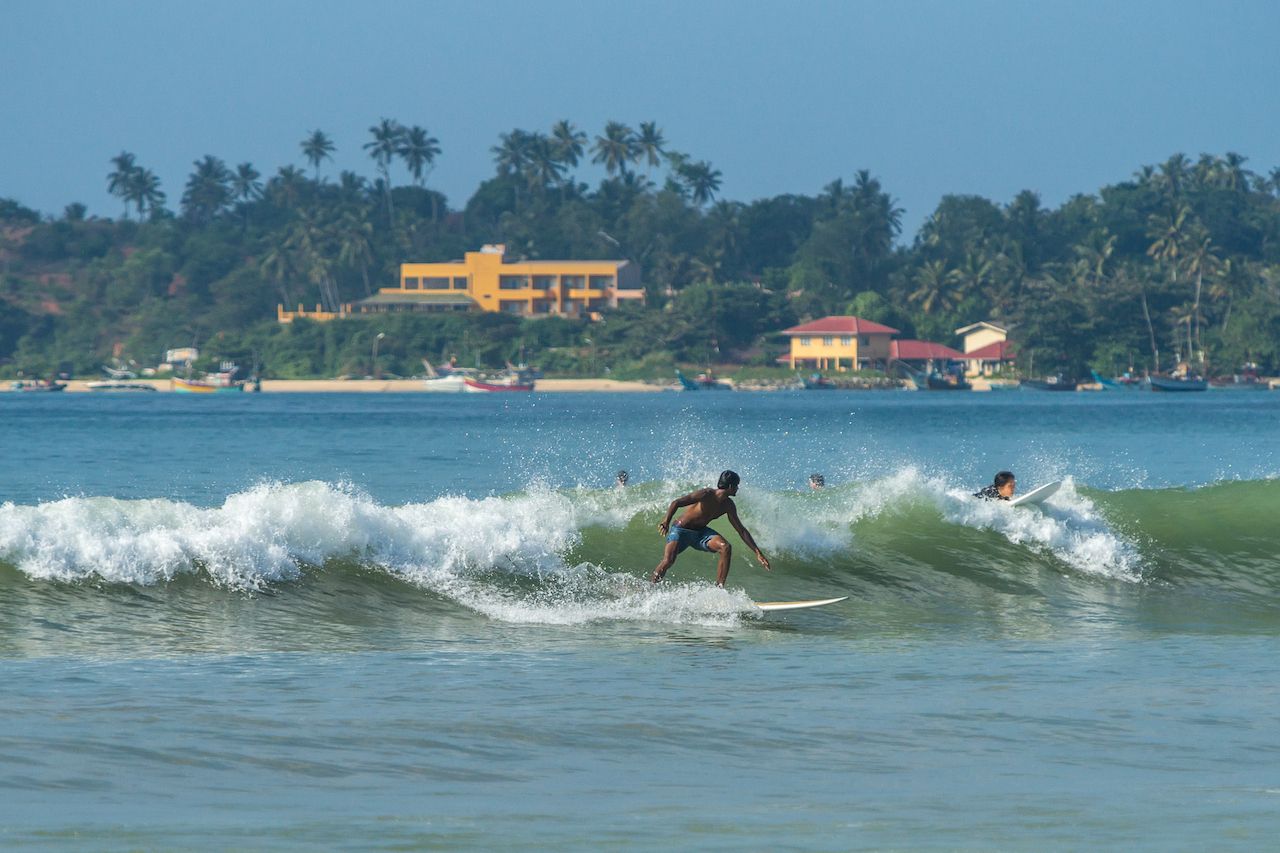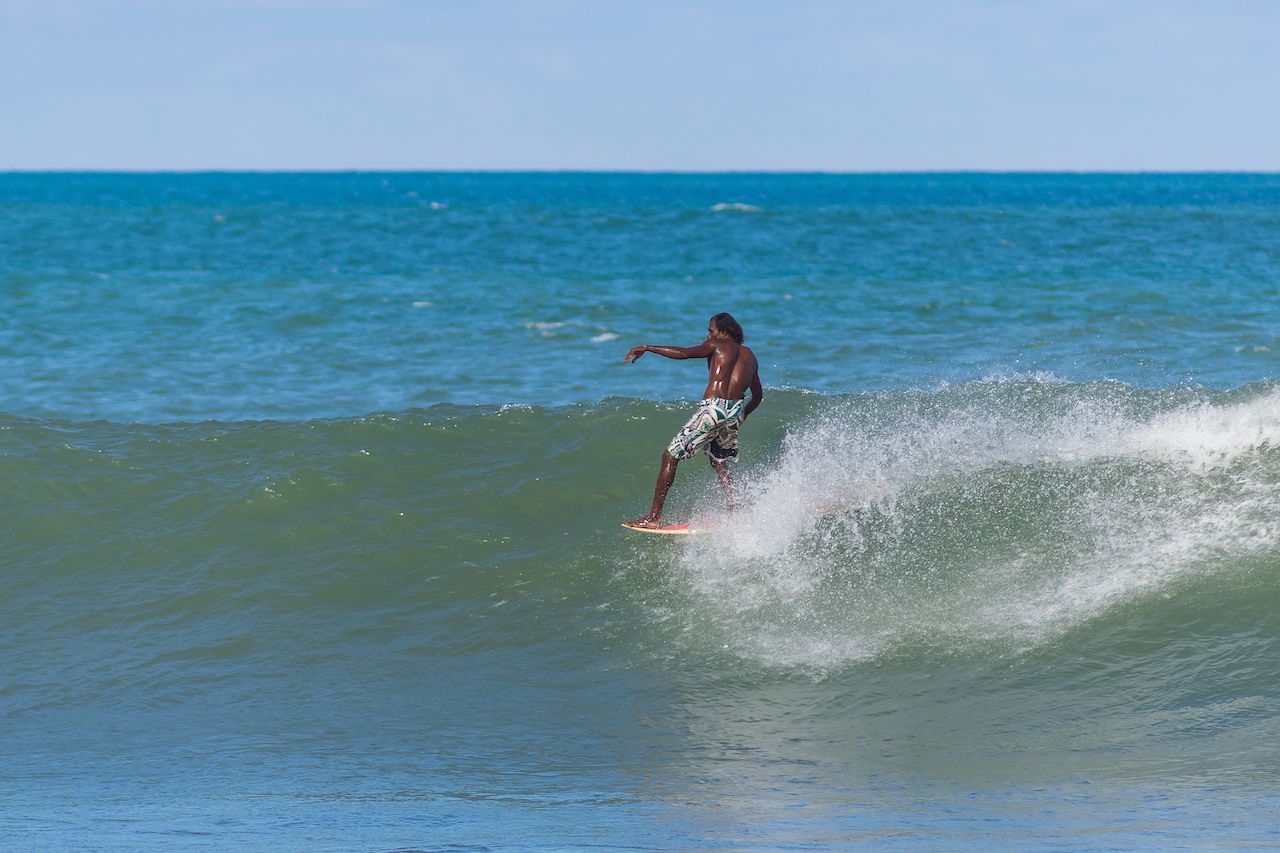Sri Lanka’s surf scene offers surfers not just warm waters, charming beach shacks, local curry houses, and palm-fringed beaches, but waves for every skill level and surfable swells nearly year-round. The best waves are found on the southern and eastern coasts. In the south, the prime surfing season is from October to the beginning of April, then in May everyone heads east to Arugam Bay on the east coast, where the dry season there lasts through September.
While foreigners discovered the epic surf in Sri Lanka as long ago as the 1960s, the country’s modern appeal as a wave riding destination has been growing since the end of its civil war in 2009. Despite a pandemic-induced drop in travel, Sri Lanka’s beaches are expected to draw avid surfers once again. Here are the best places to go, and where to stay there.
